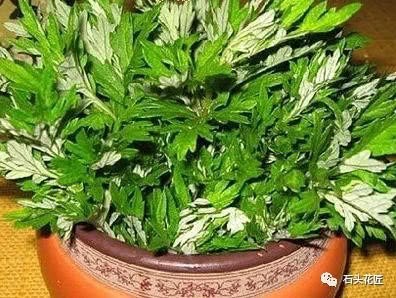To grow flowers, you should know how to water them in autumn and winter. These two kinds of water are not only rotten roots, but also yellow leaves.

There are many knowledge and tricks of growing flowers, such as watering flowers with rice washing water, watering flowers with beer and watering flowers with vegetable water, and so on. After careful study, you will find that most of the tips for potted flowers are related to "watering flowers". Why is that? It's actually very simple. This fully illustrates the point that "watering flowers is very important". This is also the case. As the saying goes, "it takes one-third of fertilizer and seven percent of water to grow flowers," meaning that watering flowers is far more important than fertilization or other factors such as light and soil. So how to water the flowers? Especially now it is autumn, which happens to be the peak growing season for flowers. How to water the flowers, what kind of water can be watered, and what kind of water can't be watered?
Watering is the key to growing flowers in autumn and winter. These "three" kinds of water cannot be watered. Rotten roots and yellow leaves should not be ignored.
Before we talk about the water that cannot be watered, we should first understand the basic knowledge of watering flowers. Don't underestimate the watering flowers, there are many doors in it! For example, what do you mean by watering flowers "see dry and wet"? It refers to the basin soil surface more than 5 centimeters dry, will start watering, watering, once you see that the soil surface water can not go down, you have to stop. Many people think that only the basin soil is dried up and then watered, but in fact, it is misunderstood. And, for example, watering flowers at noon or sooner or later? In fact, this can not be watered at noon all the time. Autumn and winter can be watered at noon, but don't just think that you can only water flowers in the morning or in the evening. Next, let's share the "three kinds" of water that cannot water flowers.
Unfermented rice washing water can not water flowers.
Many flower lovers like to turn waste into treasure, using the water after rice panning, which is common in daily life, to irrigate green pineapple, orchid and other flowers and plants directly. As a matter of fact, this is not correct. Why? Because although Amoy rice water contains potassium element that remains on the surface of rice, which is conducive to the growth of flowers, it has not been fermented. The residual grains of rice inside will ferment again after pouring into the flowerpot. When fermented, it will produce a lot of heat and instantly raise the temperature of the pot soil, so it is very easy to burn the roots of flowers. The correct way to use it is to seal the rice water and leave it outside for two weeks and wait for it to ferment before watering the flowers.
The tap water just received cannot be used to water the flowers.
From this point of view, perhaps most flower lovers begin to question why it is not enough to grow flowers with tap water. First of all, tap water contains trace amounts of chlorine, especially tap water in cities, some of which are polluted and slightly impurities, which is even more unsuitable for watering flowers. That's why everyone is installing water purification devices. Fresh tap water is best placed in the sun for a day before using it. Of course, flower lovers may ask, what kind of water can replace tap water to water flowers? Next, I will give you the order in which the quality of watering flowers decreases in turn: pond water, Rain Water, mineral water, pure water (tap water).
We should pay attention to watering the two kinds of water shared above. Especially those flowers with high water requirements, such as Magnolia, Magnolia, Fugui bamboo and other plants. This is the end of the knowledge about growing flowers and watering. Thank you for reading! If you have any questions in the process of growing flowers, you can leave a comment below and I will reply one by one. Thank you.
Remember to like and share.
- Prev

These 4 plant deodorants are placed in the bathroom for natural fragrance, shade resistance and moisture resistance
These 4 kinds of plants "deodorant", placed in the bathroom "natural fragrance", shade resistance and moisture resistance! With the improvement of people's living conditions, more and more people begin to pay attention to life health, not only diet health, but also housing health. Especially...
- Next

Friends decorate in order to look good and stick seamless tiles to live in for half a year before they feel that they want to smash the reinstallation.
Friends decorated in order to look good paste "seamless tiles", only to stay for half a year to feel a pit, want to smash the reinstallation with the rapid development of China, China's housing prices have been rising, which also makes many people who buy houses, for the new house extra treasure.
Related
- Wuhan Hospital Iron Tree Blooming Result Was Instantly Frightened by the Gardener Master
- Which variety of camellia is the most fragrant and best? Which one do you like best?
- What is the small blue coat, the breeding methods and matters needing attention of the succulent plant
- Dormancy time and maintenance management of succulent plants during dormancy
- Minas succulent how to raise, Minas succulent plant pictures
- What are the varieties of winter succulent plants
- How to raise succulent plants in twelve rolls? let's take a look at some experience of breeding twelve rolls.
- Attention should be paid to water control for succulent plants during dormant period (winter and summer)
- Watering experience of twelve rolls of succulent plants
- Techniques for fertilizing succulent plants. An article will let you know how to fertilize succulent plants.

